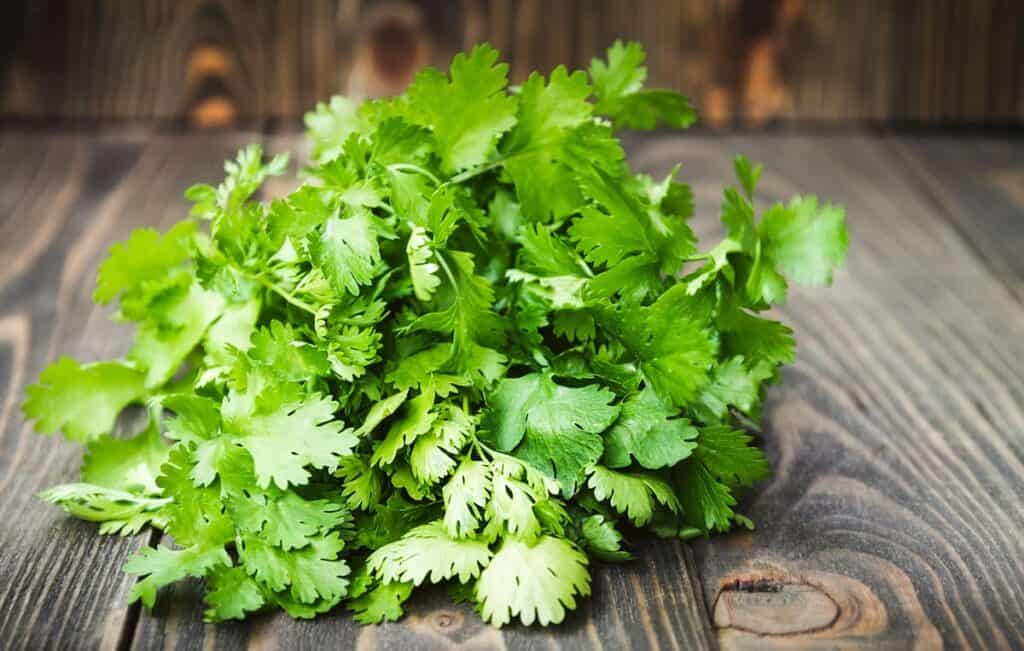URBAN GARDEN
The garden in this way the food preparation, Seed: healthy foods will be planted which are peas and beans which,will take several days to begin to develop,Seed characteristics: these have the characteristic of being vegetables that belong,to legumes therefore they are consumable and healthy since they contain many,protein sources,Habitad: these can be found very easily anywhere else in orchards forests etc.Time to grow: for this process it will take at least for them to start have stems in a total of days and then they begin to develop and have the process of germination.
The plant has a poorly developed vegetative system, although it has a taproot that tends to go quite deep. The leaves are formed by pairs of leaflets terminated in tendrils. The inflorescences are born clustered in large leafy bracts - up to 9 by 4 cm - that are inserted in the axils of the leaves. The seeds (peas) are found in pods between 5 and 10 cm long that contain between 4 and 10 units. There are varieties of determined habit, that is, that grow like herbs to a defined height, and others of indeterminate habit, which behave like vines that do not stop growing and require support means or "guides."
They are annual herbaceous plants, climbing plants, very variable in shape and habit, glabrous. Impartinnate leaves; the 3–5 (7) distal leaflets generally reduced to climbing tendrils, 2–6 normal leaflets, opposite, ovarian, elliptical, or obovate, usually 1.5–5.5 cm long and 1–2 cm wide, stipelae absent; stipules foliaceous, ovate, generally longer than the leaflets, basally semi-chordate, amplexicaul and toothed. Inflorescence solitary flowers or racemes with 2 or 3 flowers at the apex of the peduncle; calyx campanulate, 5-lobed, the 2 upper wolves wider; corolla 1.5–2 cm long, white or pink, obovate or suborbicular standard, wings falcate-oblong, keel curved, apically obtuse; stamens 10, diadelphs, the vexillary free; bearded style on the inner surface. Legumes oblong or cylindrical, more or less compressed or terete, 2.5–12.5 cm long and 1.5–2.5 cm wide, straight or curved, fleshy and waxy when ripe, dehiscent; seeds 3–12, variable size and shape; They have a large diverse amount of proteins which control their growth, inhibition, photosynthesis, among others.










